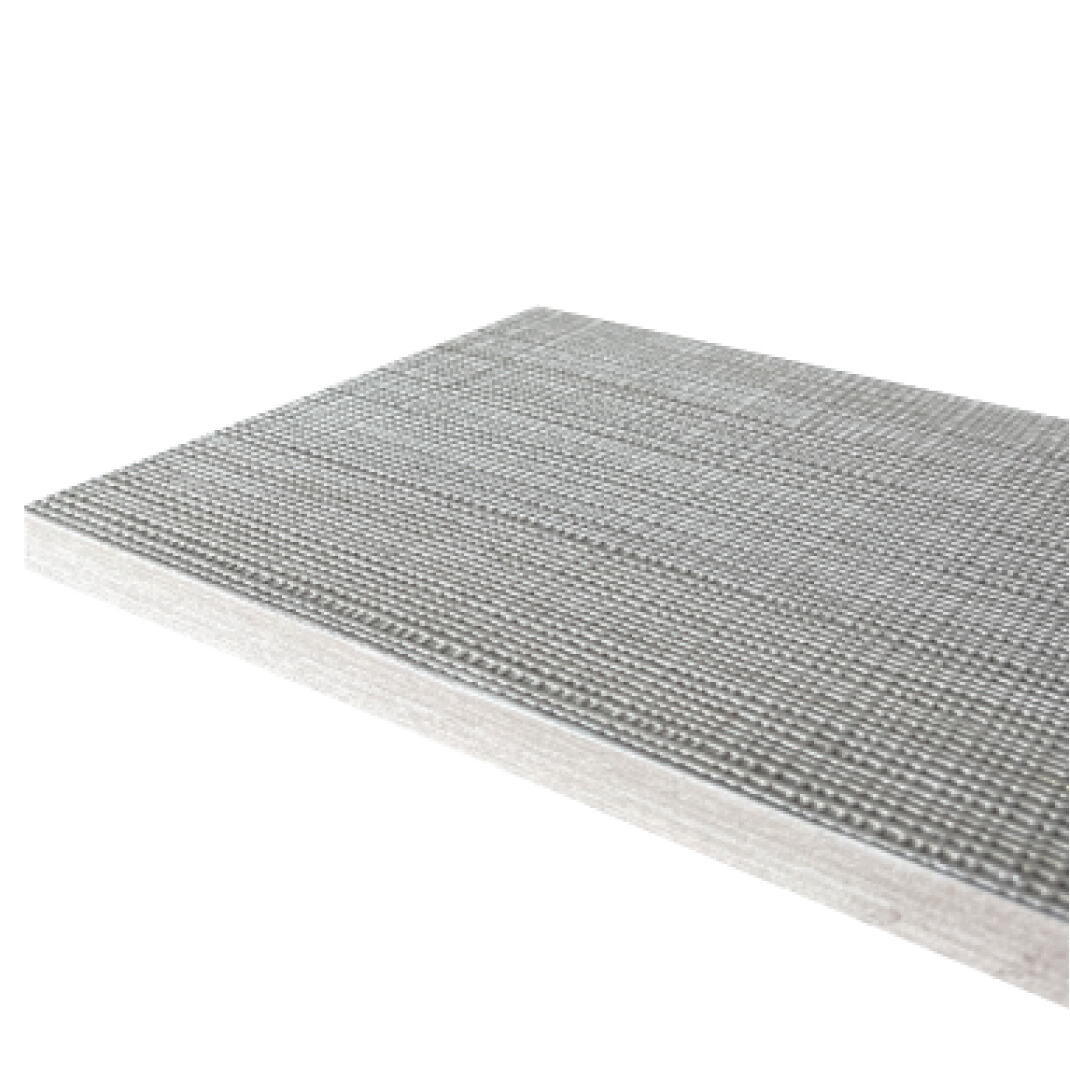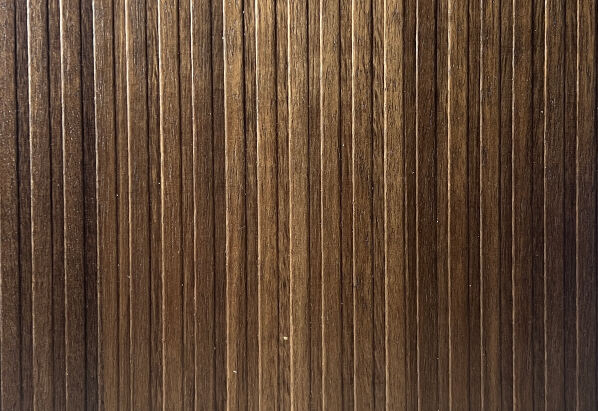Decorative panels have revolutionized modern interior design by offering homeowners endless possibilities to transform ordinary spaces into extraordinary environments. These versatile design elements serve as both functional and aesthetic solutions, providing texture, visual interest, and architectural detail to any room. Whether you're renovating a single room or undertaking a complete home makeover, decorative panels can dramatically enhance the character and sophistication of your living spaces while maintaining practical benefits.

Understanding the Versatility of Modern Decorative Panels
Materials and Textures Available
Contemporary decorative panels come in an impressive array of materials, each offering unique aesthetic and functional properties. Wood veneer panels provide natural warmth and organic beauty, while metal options deliver sleek, industrial sophistication. Fabric-wrapped panels introduce softness and acoustic benefits, making them ideal for bedrooms and media rooms. Synthetic materials like PVC and composite options offer durability and moisture resistance, perfect for high-traffic areas or humid environments.
The texture variety in today's decorative panels is virtually limitless. Embossed patterns create dramatic shadow play and visual depth, while smooth finishes offer minimalist elegance. Three-dimensional geometric designs add contemporary flair, and traditional carved motifs bring classic sophistication. Each texture option allows homeowners to express their personal style while complementing existing architectural elements and furnishings.
Size and Installation Flexibility
Modern decorative panels are manufactured in various sizes to accommodate different design needs and installation requirements. Standard panels typically range from 12x12 inches to 4x8 feet, providing flexibility for both accent applications and large-scale installations. Custom sizing options allow for seamless integration into unique architectural features or specific design visions. The modular nature of panel systems enables creative mixing and matching of sizes to create dynamic, personalized layouts.
Installation methods have evolved to support both permanent and temporary applications. Traditional mounting systems provide secure, long-term solutions for structural integration, while innovative adhesive and magnetic systems allow for easy repositioning and seasonal updates. This flexibility makes decorative panels an excellent choice for renters or homeowners who enjoy frequently refreshing their interior design.
Accent Wall Applications and Design Impact
Creating Focal Points in Living Spaces
Accent walls featuring decorative panels serve as powerful focal points that immediately draw attention and establish the room's design theme. In living rooms, a textured panel wall behind the sofa or fireplace creates visual weight and architectural interest without overwhelming the space. The key to successful accent wall design lies in choosing panels that complement rather than compete with existing furniture and decor elements.
Strategic placement of accent walls can also improve room proportions and flow. In long, narrow spaces, placing decorative panels on the shorter walls can create the illusion of better proportions. Similarly, dark or heavily textured panels can make large rooms feel more intimate, while light-colored or reflective panels can open up smaller spaces. The interplay between light and shadow created by textured panels adds depth and dimension throughout the day as natural light conditions change.
Bedroom and Private Space Enhancement
Bedrooms benefit tremendously from the warmth and sophistication that decorative panels provide. Behind the headboard, panels create a luxurious hotel-like atmosphere while protecting the wall from wear and tear. Soft, fabric-covered panels offer additional comfort for those who enjoy reading in bed, while wood veneer options bring natural serenity to the sleeping environment.
In master suites, decorative panels can delineate different functional areas without the need for physical barriers. Panel treatments can subtly separate the sleeping area from a reading nook or dressing area, maintaining the open feel while providing visual organization. The acoustic properties of many panel materials also contribute to better sleep quality by reducing noise transmission and echo.
Functional Applications Beyond Aesthetics
Acoustic Enhancement and Sound Management
One of the most significant functional benefits of decorative panels lies in their acoustic properties. Fabric-wrapped panels with acoustic cores effectively absorb sound waves, reducing echo and improving speech clarity in home offices, media rooms, and open-concept living spaces. This dual function makes decorative panels an excellent investment for homes where noise control is important without sacrificing design appeal.
Home theaters and music rooms particularly benefit from strategic panel placement. Unlike traditional acoustic treatments that can appear clinical or industrial, decorative acoustic panels maintain aesthetic appeal while optimizing sound quality. The variety of colors, patterns, and textures available ensures that acoustic treatment enhances rather than detracts from the room's design scheme.
Protection and Durability Benefits
Decorative panels provide excellent protection for wall surfaces in high-traffic areas and spaces prone to damage. In hallways, entryways, and children's rooms, panels shield walls from scuffs, scratches, and daily wear. This protective function is particularly valuable in homes with active families, pets, or frequent entertaining, where traditional paint finishes might require frequent touch-ups or complete repainting.
Many panel materials offer superior cleanability compared to painted surfaces, making maintenance easier and more effective. Sealed wood veneers resist staining and can be cleaned with appropriate wood care products, while synthetic panels often require only simple wiping with mild cleaners. This durability factor makes decorative panels a practical long-term investment that maintains its appearance with minimal maintenance.
Creative Installation Techniques and Design Ideas
Mixed Material and Pattern Combinations
Advanced design techniques involve combining different panel materials and patterns to create unique, personalized installations. Mixing wood veneer with metal accents creates sophisticated contrast, while combining smooth and textured panels adds visual rhythm and movement. The key to successful mixed installations lies in maintaining a cohesive color palette while varying textures and materials for interest.
Geometric arrangements using panels of different sizes and orientations can create stunning feature walls that serve as functional art installations. Checkerboard patterns, herringbone layouts, and alternating horizontal and vertical orientations all offer opportunities for creative expression. These techniques work particularly well in modern and contemporary design schemes where bold patterns and architectural details are celebrated.
Ceiling and Non-Traditional Applications
While walls remain the most common application for decorative panels, creative designers increasingly explore ceiling installations and other non-traditional placements. Ceiling panels can dramatically transform a room's character, creating intimate dining spaces or adding architectural interest to otherwise plain rooms. The visual impact of overhead panel installations is particularly striking in rooms with high ceilings where traditional decor might feel lost.
Other innovative applications include using panels as room dividers, headboard alternatives, or even as backing for built-in shelving systems. These creative uses demonstrate the versatility of decorative panels beyond simple wall covering, positioning them as architectural elements that can solve multiple design challenges simultaneously. The lightweight nature of many panel systems makes these alternative applications both feasible and structurally sound.
Planning and Selection Considerations
Room Function and Traffic Patterns
Successful panel selection begins with careful analysis of room function and usage patterns. High-traffic areas require durable materials that can withstand frequent contact and cleaning, making synthetic or sealed wood options preferable to delicate fabric treatments. Conversely, private spaces like bedrooms can accommodate more luxurious materials that prioritize comfort and aesthetics over extreme durability.
Moisture levels also significantly influence material selection. Bathroom and kitchen applications require panels with appropriate water resistance, while basement installations might need materials that can handle humidity fluctuations. Understanding these environmental factors ensures that panel installations remain beautiful and functional for years to come, avoiding costly replacement or repair issues.
Budget and Installation Requirements
Decorative panel projects can accommodate a wide range of budgets through careful material selection and installation planning. DIY-friendly options include lightweight panels with adhesive backing or simple mounting systems that don't require professional installation. These approaches make panel upgrades accessible to homeowners with basic tools and skills, significantly reducing overall project costs.
For more complex installations or premium materials, professional installation ensures optimal results and long-term performance. The investment in professional installation often pays dividends through improved appearance, proper mounting security, and warranty coverage. When budgeting for panel projects, consider both initial costs and long-term maintenance requirements to make informed decisions that align with your financial planning and design goals.
FAQ
What types of rooms work best with decorative panels
Decorative panels work exceptionally well in virtually any room, but they're particularly effective in living rooms, bedrooms, home offices, and dining rooms where visual impact and acoustic control are desired. The key is selecting appropriate materials for each space's specific requirements, such as moisture-resistant options for bathrooms or durable materials for high-traffic areas.
How do I maintain and clean decorative panels
Maintenance requirements vary by material, but most decorative panels require only regular dusting and occasional gentle cleaning. Wood veneer panels benefit from appropriate wood care products, while synthetic materials typically need only mild soap and water. Fabric-wrapped panels may require professional cleaning or gentle vacuuming to maintain their appearance and acoustic properties.
Can decorative panels be removed without damaging walls
Many modern panel systems are designed for easy removal, particularly those using adhesive or mechanical mounting systems. However, removal ease depends on the installation method and panel type. Panels installed with strong adhesives or permanent mounting hardware may require more careful removal techniques and potential wall repair, while magnetic or clip-on systems typically remove cleanly.
Are decorative panels suitable for rental properties
Yes, decorative panels can be excellent solutions for rental properties when using temporary installation methods. Removable adhesive systems, magnetic mounting, or freestanding panel arrangements allow renters to enhance their spaces without permanent modifications. Always check lease agreements and obtain landlord approval before installation, even for temporary applications.



